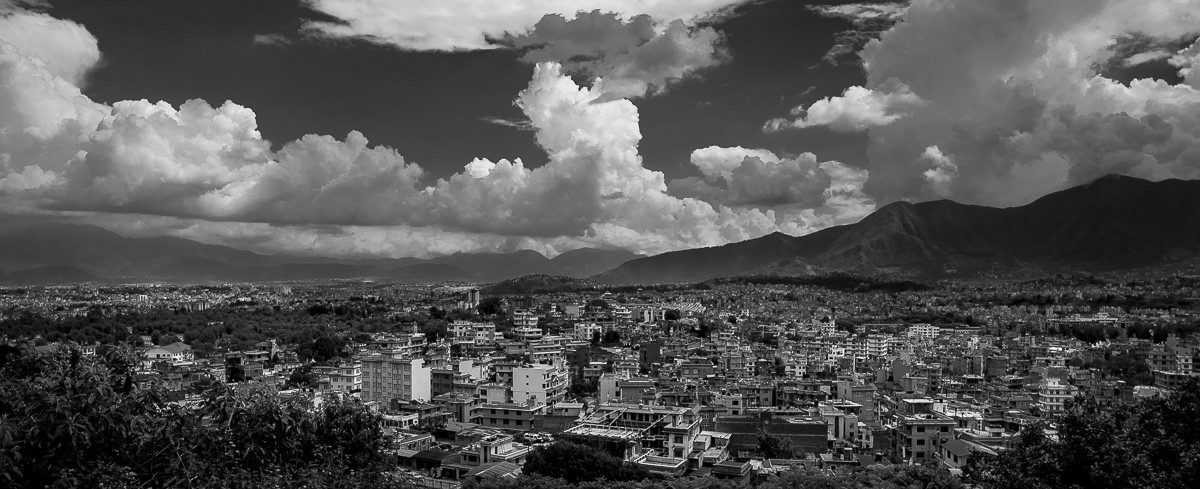When I create videos I’m usually inspired by something I’ve seen, read, or heard. In this week’s Exploring Photography video I was inspired by the words of Ansel Adams.
Ansel Adams was big on the idea of seeing the end result before taking a photo. He talked a lot about visualizing a finished print before making a photo. I totally agree with his ideology of seeing before shooting. But the thing that I most admire about Ansel Adams is his concept of post production.
I’ve said for years that you can’t “get it right in camera”. It’s not that your camera won’t make good decisions when it comes to processing a file, but the camera is stupid and it has no artistic vision. It has no idea where you want to place middle gray or how to process the blacks and shadows in your image.
I Adams explained it best in his last interview with Milton Esterow. He said the negative (RAW file) was the score and the final print was the performance. Here’s an excerpt from the interview.
How has music affected your life?
Well, in music you have this absolutely necessary discipline from the very beginning. And you are constructing various shapes and controlling values. Your notes have to be accurate or else there’s no use playing. There’s no casual approximation.
You’ve said that when you’re printing there’s a metronome in your head.
You make tests, preferably with the soft paper. Just take a strip test and that shows you everything that’s in the negative. Suppose that I start with a new negative for me, one I haven’t seen for 20 years. I just make a print and see, and then I can revisualize the image that I wanted. Then I build up contrast. Of course, I have to get the print to have all the correct feeling. Then I write down how I did it, so no matter how many duplicates I have to make, I have my basic instructions. And then I’ll remember that I have to shade in here, maybe five seconds during the exposure, and burn it a little and…that’s all written out, it’s all charted out, you see. And I use an electric metronome in the darkroom rather than a clock timer. Rather than having to look at a clock I can watch the print. I can watch for three seconds here and burn for five there. And all the time there’s a timer going in my head.
You’ve been quoted as saying that when you photograph you hear music, not in a sentimental sense but structurally. You said, “I don’t try to do it, it just sometimes comes.” Could you talk about that?
You see relationships of shapes. I would call it a design sense. It’s the beginning of seeing what the photograph is.
How about the score?
That’s another approach. You visualize the print, and then you have to work backwards to feel out what kind of a negative you need that will give you that print. And then you work on the zone system.
What is the zone system?
It’s the codification of sensitometry. Sensitometry is the science of the action of light on sensitive material. It’s a very complicated physical science. You can liken the negative to the score and the print to the performance. You see the picture, and then you get the negative, with all the information you need. Since I know about the film, I know how I will have to control development to keep the high values, the textures and all that. I can vary my prints to a degree. I never go beyond the original concept, but I can certainly refine it. And there’s a difference between how I would play it today and six months from now. There would be slight variations, differences in emphasis; the playing would be an individual matter. But I’m still playing the notes. We are not taking liberties at a destructive level. Does that make sense?
You should definitely take time to read the entire interview. If possible you should also learn about the Zone System. Last year I created a condensed version of the Zone System that you can use in Lightroom.
Once you have these concepts firmly in your mind you can begin to see things before you shoot. Try it out and let me know how it works for you.
